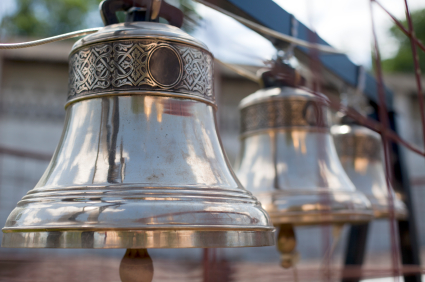 In our industry, we often refer to ‘decibels’ (dB), but many people find this term somewhat meaningless because they aren’t that well acquainted with it or how one decibel level differs from another.
In our industry, we often refer to ‘decibels’ (dB), but many people find this term somewhat meaningless because they aren’t that well acquainted with it or how one decibel level differs from another.
So, today is Decibels 101! But before I begin, my apologies to the technical purists out there – I aim to keep this post accurate, but I also want it to be accessible to a lay audience.
The decibel scale is used in a variety of fields, but in mine it’s a measure of sound pressure level (SPL) – in other words, of volume. It gives a value to the volume of sound relative to the quietest sound a human can hear. Because hearing ability varies from person to person, a specific measureable sound pressure level is used as the base reference for the scale, namely 20 micropascals at a specific frequency.
At this point, you might be wondering why we need decibels at all. If we’re starting with micropascals, why don’t we just continue with them? It’s because the range of volume we can hear is actually rather astounding. Measured in micropascals, we can hear sounds from the above mentioned 20 all the way up to 200,000,000 (the point at which any exposure causes us pain and immediate damage). The immensity of this range makes using micropascals rather unwieldy.
Enter the decibel scale. By compressing the range of values used, it makes volume somewhat easier to discuss. The volume of the just audible sound is 0 dB (SPL) and those at the highest end of our hearing are 140 dB (SPL). Much more manageable! Quiet speech is 40 dB, conversational speech around 60 dB, a shout is 80 dB, and an aircraft taking off is 120 dB.
However, by compressing the scale, decibels introduce another type of wrinkle: the scale isn’t linear, it’s logarithmic (exponential). With the linear micropascal scale, if you double the sound, you simply double the measured value. But with the decibel scale, if you double the sound energy, you add just 3 dB to the original sound. In other words, if you measure one sound at 40 dB and a second at 43 dB, the second has twice the sound energy. And the difference in sound energy between 40 and 80 dB is 10,000 times, not just double.
To further confuse things, our subjective perception of the decibel scale (i.e. loudness) is different still. While a change of 3 dB is twice the sound energy, it takes a roughly 10 dB change in volume for most of us to say that a sound appears twice as loud.
You’ll often see ‘dBA’ or ‘db(A)’ used as well. These abbreviations refer to ‘A-weighted decibels.’ This weighting attempts to best approximate the human ear’s sensitivity to various frequencies so that the dBA levels better correspond to subjective perception of sounds. Generally, the A-weighting reduces the influence of low and very high frequencies in the range of human hearing.
And, to finish, a little piece of historical trivia...the term decibel literally means one-tenth of a bel, which is a rarely used measure developed by Alexander Graham Bell (hence the name) to indicate when the subjective loudness of a sound doubled.
Cheers,
Niklas